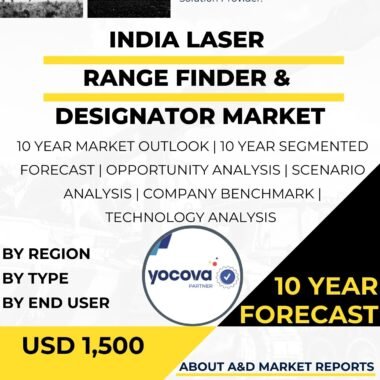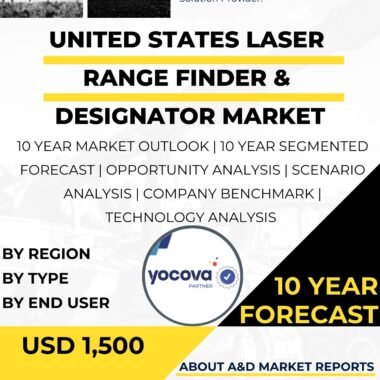Description
The market for 155mm artillery shell market in the United States is characterized by a complex relationship between military requirements, industrial capabilities, evolving threat landscapes, and policy factors that influence procurement and deployment. This artillery shell segment occupies a crucial space in the broader defense ecosystem, supporting ground-based firepower in both direct and indirect fire roles and is tightly interwoven with land forces? operational doctrines. Manufacturers are required to maintain rigorous standards in metallurgy, explosives, and manufacturing precision to ensure the dependable performance of shells in various operational environments, including extreme climatic conditions and rugged terrains. Within the market, original equipment manufacturers, tier-one suppliers, and specialized material producers interact under a framework that balances innovation with tradition: breakthroughs in propellant chemistry, guidance kits, and fragmentation yield are sought after, yet compatibility with legacy artillery systems remains essential to allow seamless integration. Trends influencing demand include the modernization of military platforms, with upgrades to existing howitzers as well as the introduction of next-generation systems that may leverage advanced targeting integrations. Procurement drivers stem from shifting national defense priorities, often amplified by global geopolitical developments and the need to ensure inventory sufficiency, bridging routine training use with potential surge requirements during periods of conflict or heightened readiness. The market is shaped by both primary suppliers with long-term contracts and a network of subcontractors that provide key subcomponents, such as fuzing mechanisms, high-purity metals, and energetics, all coordinated through carefully managed supply chains designed to maintain a steady and auditable flow of materials and finished rounds. Regulatory factors in the United States impose exacting safety, reporting, and environmental compliance criteria at each stage of production and storage, with oversight from defense agencies that further guide the market through technical specifications and long-cycle programmatic forecasts. Innovation, while incremental, is increasingly oriented towards precision guidance, reduced collateral damage, and digital integration, as the military seeks smarter, more adaptive munitions to meet evolving battlefield requirements. The challenge for market participants lies in balancing high-volume, cost-efficient production with the integration of new sensors or electronics when requested, a process that requires collaboration across engineering, supply chain, and program management domains. Customers for these artillery shells include federal government agencies, international allies under approved frameworks, and vetted defense contractors who operate within defined export parameters, ensuring that end-use is consistently controlled and in alignment with foreign and security policy objectives. Applications center around force protection, force projection, deterrence, and the achievement of tactical and operational objectives across a range of mission types, from peacetime deterrence and training to active combat or contingency operations. Advances in digital fire control systems and logistics management further tie this artillery shell market to broader military technology trends, enabling faster targeting, improved accuracy, and greater reporting transparency for decision makers. Despite the legacy nature of the platform, the sector continues to evolve through ongoing research and development, incremental technical improvements, and workforce upskilling, with prime contractors and their extended supplier base investing in process automation and systems integration to meet the demands of modern warfare and long-term sustainment programs.




